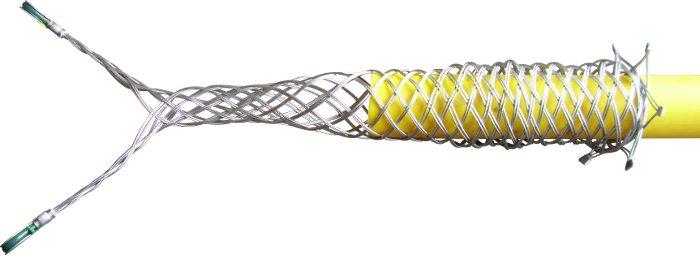joebedford
Jun 04, 2015Nomad II
Wot size wire for buried cable to 50A RV receptacle at home?
I'm planning on putting a sub panel in my shop on the side of the house where my RV is stored during the summer. Not worried about the gauge of wire from the main panel to the sub panel - a problem for another day.
I'd like to bury a power cable and install a 50A receptacle right next to the RV. It's going to be about 60 cable-feet from the subpanel to the receptacle on the post.
My hot tub is 60A and the electrician installed and the inspector approved 6 gauge wire for a similar length run.
Is 8 gauge allowed or should I be burying 6 gauge?
I'm planning on burying it in 1-1/2" PVC.
I'd like to bury a power cable and install a 50A receptacle right next to the RV. It's going to be about 60 cable-feet from the subpanel to the receptacle on the post.
My hot tub is 60A and the electrician installed and the inspector approved 6 gauge wire for a similar length run.
Is 8 gauge allowed or should I be burying 6 gauge?
I'm planning on burying it in 1-1/2" PVC.
